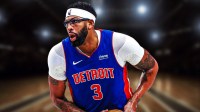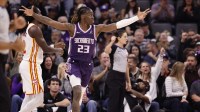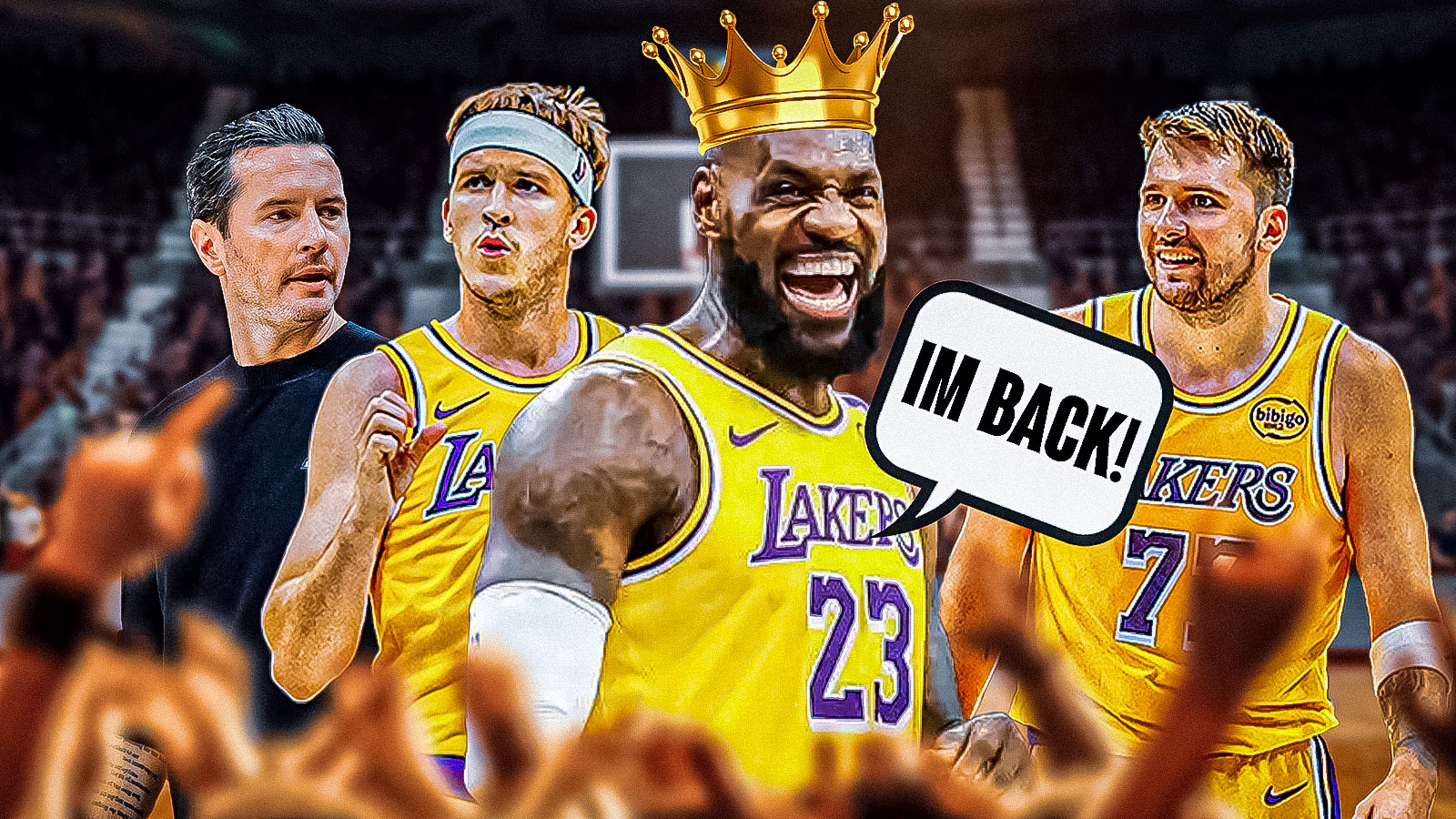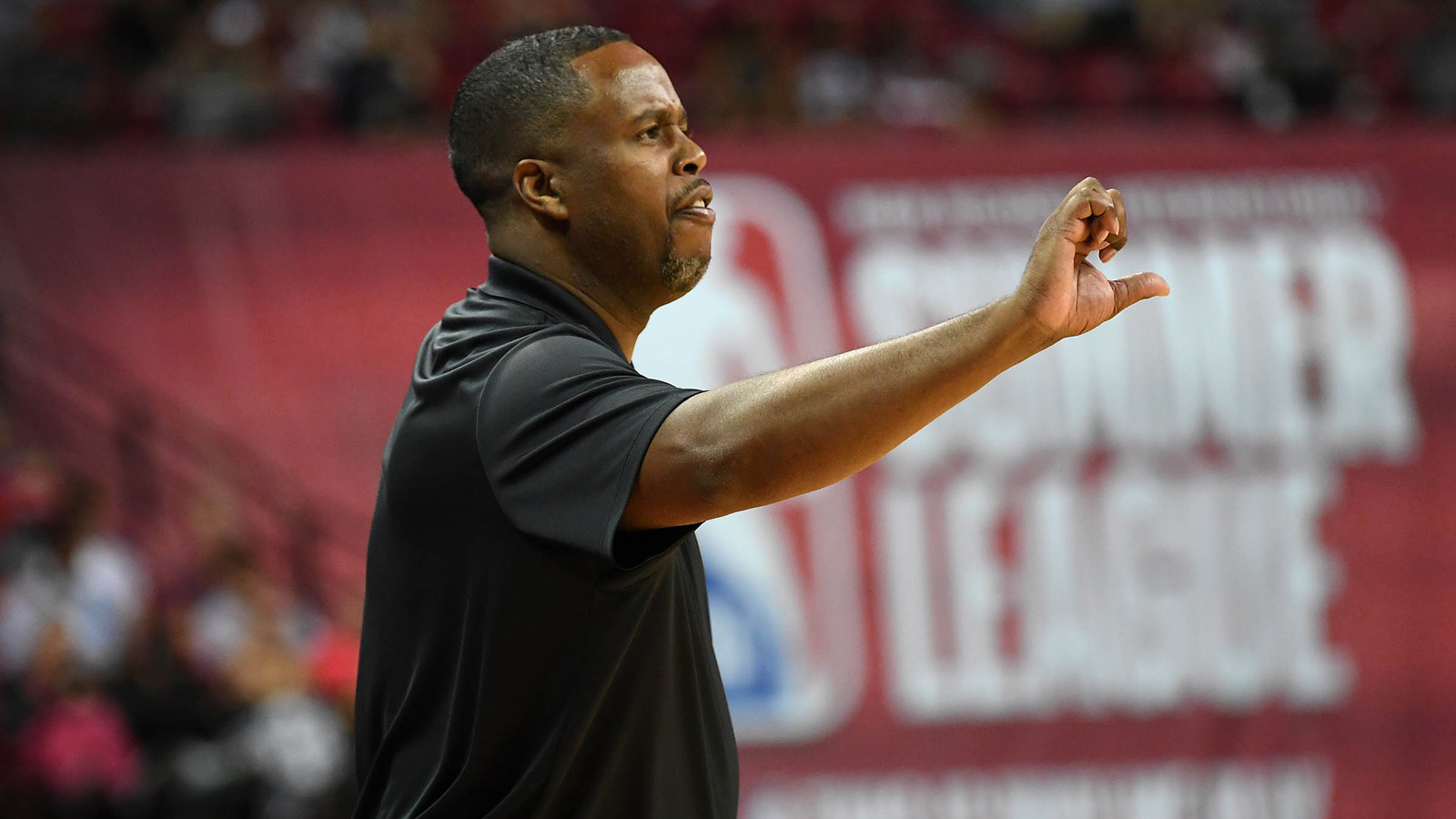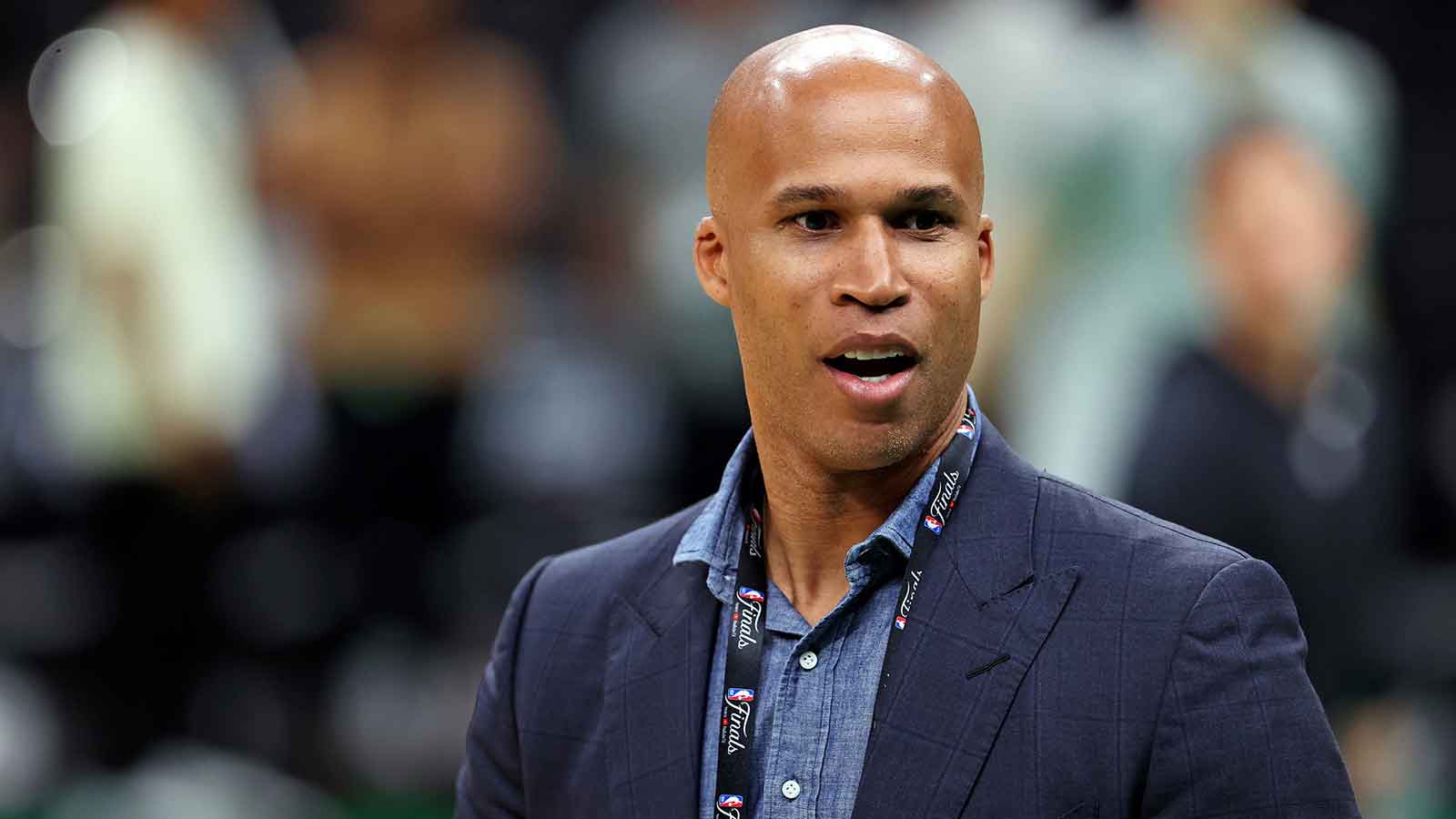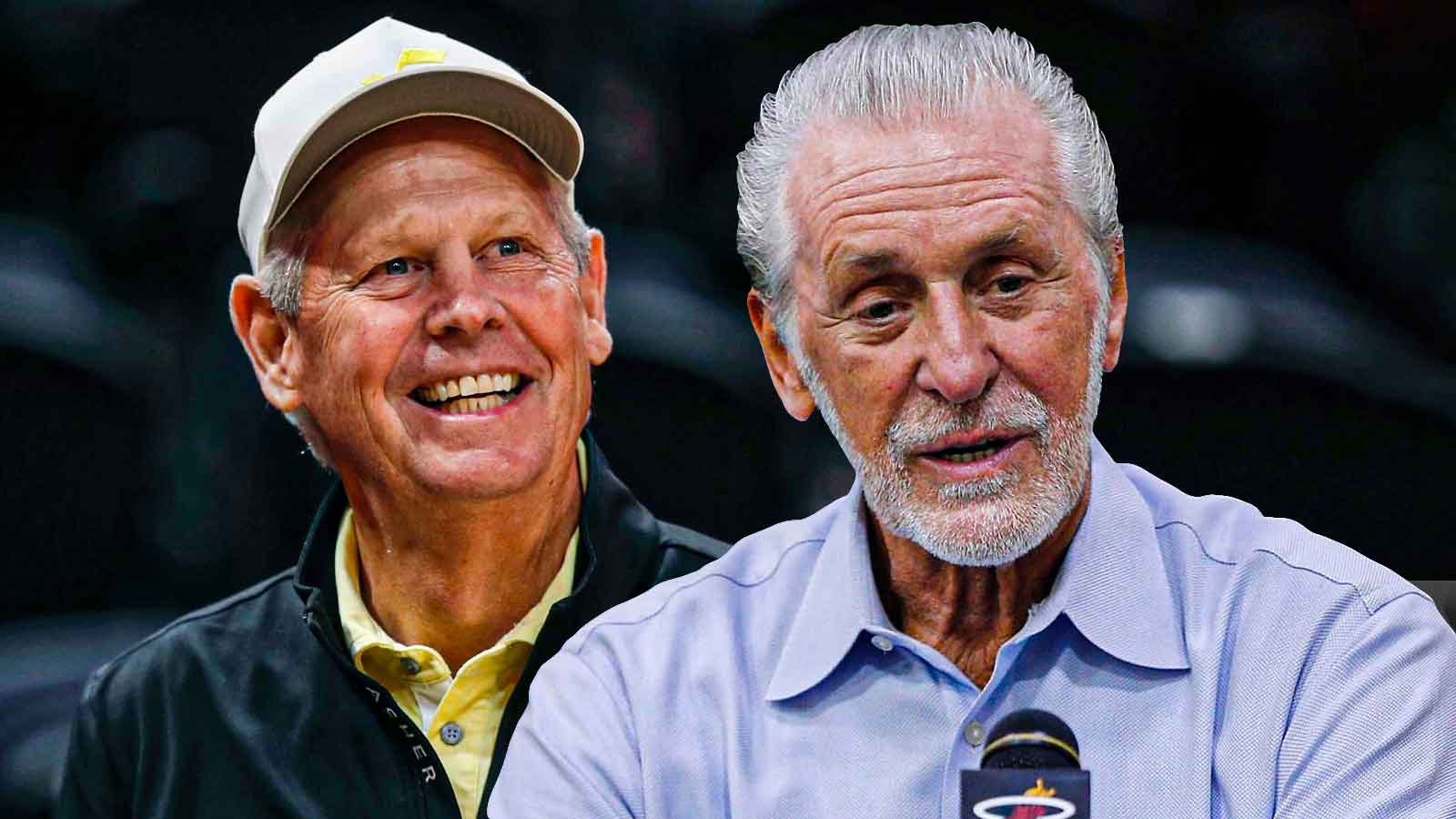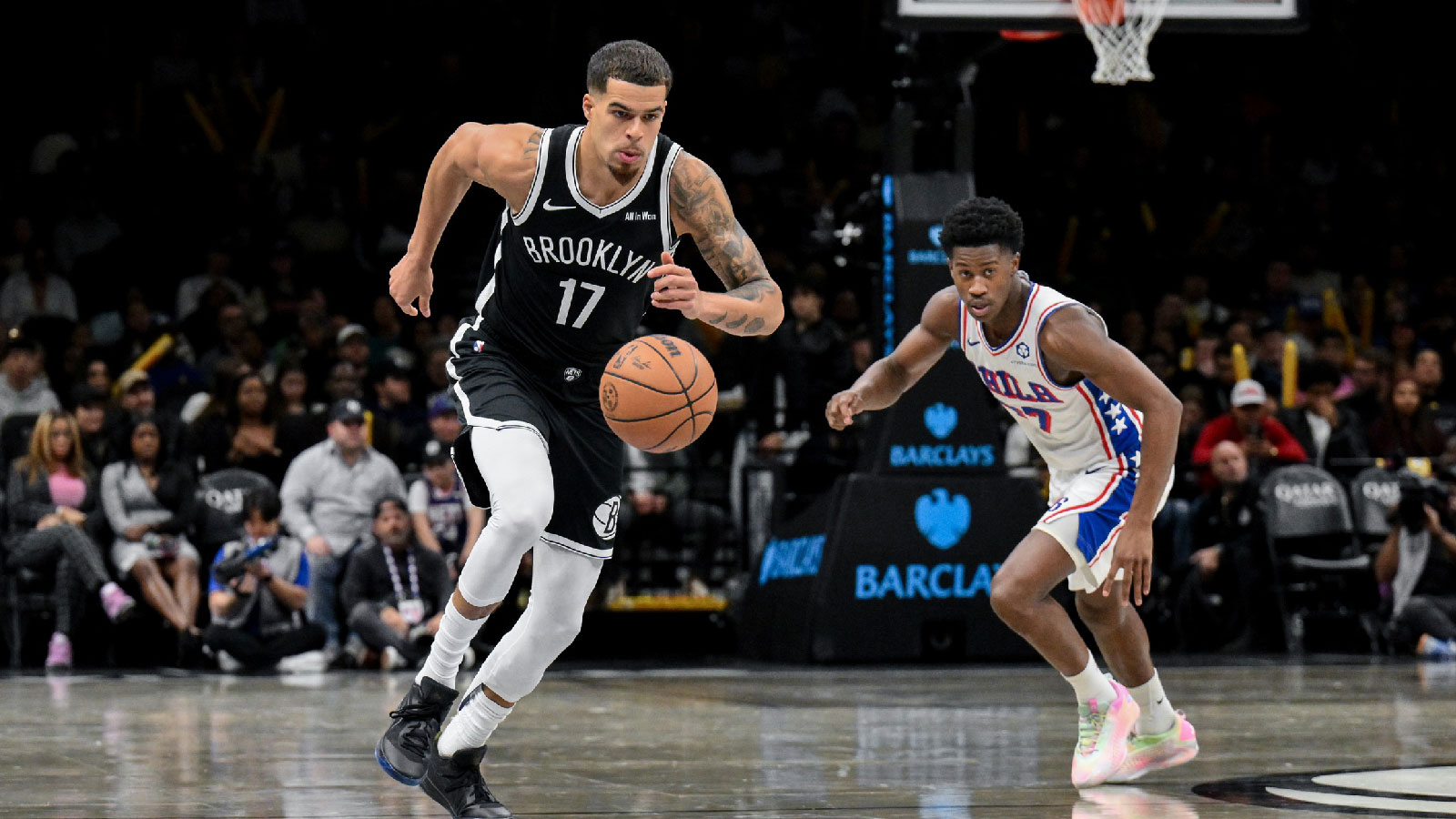Few things grind an NBA game to a halt like a lengthy replay review. Fans groan, players pace, and momentum evaporates as officials huddle around monitors to dissect split-second plays. However, after observing the NBA Referee Preseason Camp hosted by the NBA League Operations department, it's clear they are on the cusp of a technological revolution aimed at addressing this perennial gripe. Drawing from years of experimentation, constant feedback loops, and recent advancements, referees are now capable of streamlining accurate reviews and keeping games flowing with NBA Court IQ's camera and sensor-infused basketballs.
The problem is familiar to anyone watching the NBA's broadcasts. A potential game-changing shot arcs through the air, defender leaping to meet it at the rim. Contact, but the crowd erupts in confusion. Did the block come before the shot reached its apex? Was the ball still rising or already descending? Officials huddle around a monitor, rewinding and zooming in, frame-by-frame, to determine if the defender made contact a millisecond before or after the ball reached its apex.
These delays, while necessary for accuracy, can stretch for minutes, sucking the energy out of the building and disrupting the game's rhythm. Thankfully, those days are close to being over. Every arena has been fitted with even more high-frame-rate cameras that go beyond the traditional television broadcast. Evan Wasch (Executive Vice President, Basketball Strategy & Growth) ran through the data showing how NBA Court IQ protocols can produce the correct results far quicker than the human eye.
“We're talking about technology that can determine the precise apex of a shot's arc and timestamp when a defender makes contact,” explained Wasch. “Before the apex, it's a clean block. After the apex and on the way down, it's goaltending. The ball knows the difference instantly.”
Put that data together with some Hawkeye-like (think tennis) technology, run it through the algorithm, and then the refs have a far clearer picture of exactly what happened with the ball. One look at a play and the decision is made. Players can keep moving with most of that same adrenaline flowing.
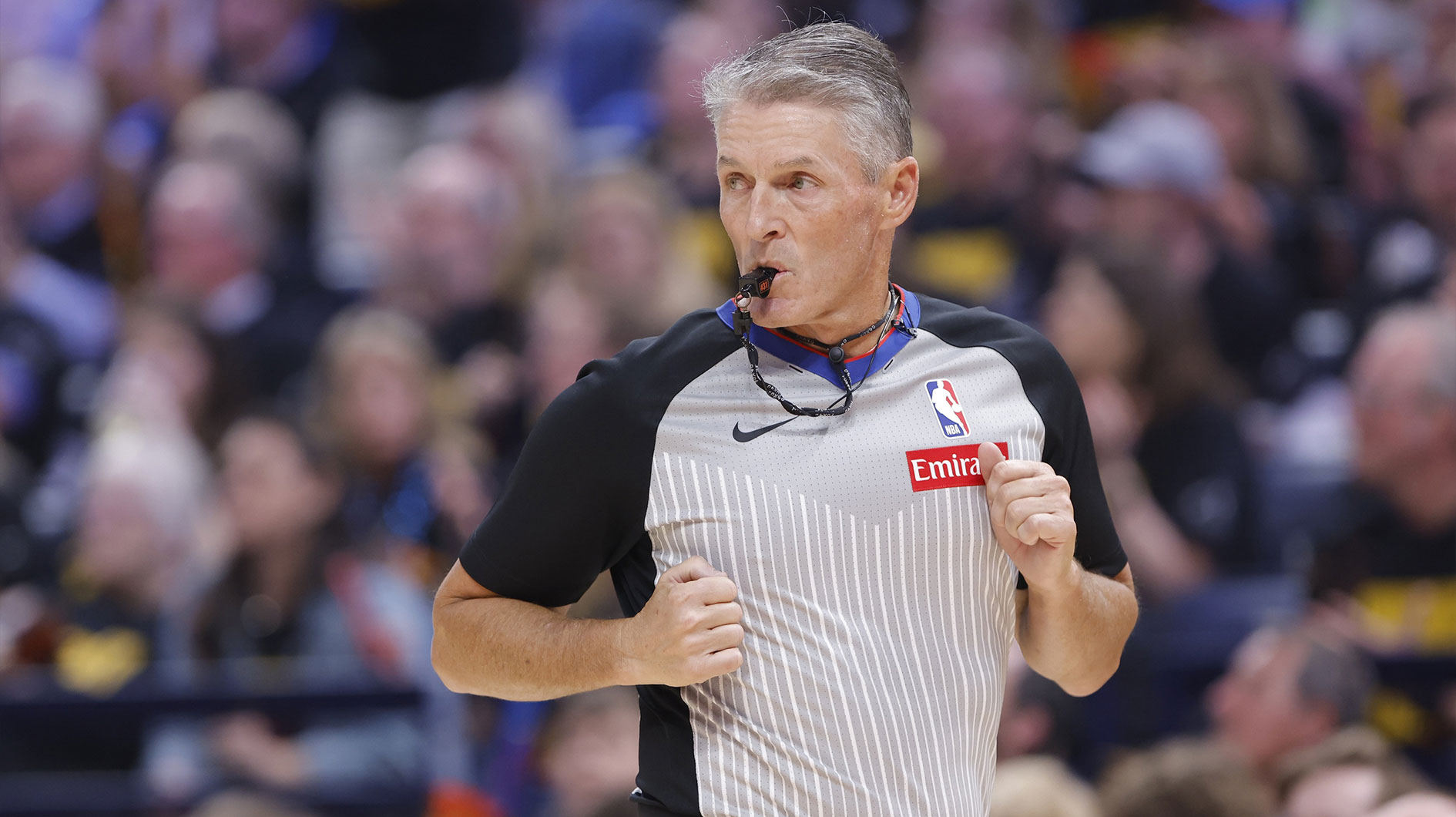
Fans should be able to see and hear almost immediately. With the shot's trajectory displayed on the Jumbotron, perhaps the refs announcing the cut-and-dry decision will be spared some profanities as a result. Imagine a graphic simply stating: “Ball Apex: 0:02.3 | Defender Contact: 0:02.5 – NO GOALTEND” while also showing a recreation of the shot.
“The data transparency changes everything,” Wasch continued. “Instead of fans screaming at referees because they don't understand what happened, they can see the same information the officials are seeing. It turns confusion into comprehension.”
Goaltending calls are just scratching the surface of the new technology. Out of bounds and above the cylinder touches will be far easier to determine thanks to the AI-infused ball's valve stem. Interference above the rim's imaginary cylinder can now be flagged using trajectory data and touch detection, pinpointing illegal contacts without prolonged visual analysis.
The information sent from the ball, an arena of more well-informed eyes, and over a dozen different cameras creates a data set that should help NBA Court IQ quell the conspiracy theories. At least that was one of many jokes on the day from Monty McCutchen, Senior Vice President, Head of Referee Development & Training.
“We want to get the call right, full stop,” McCutchen emphasized during the meetings. “But we also know the stop-start nature of these reviews is a drain. We’re exploring every tool to make the process faster without sacrificing accuracy.”
This shift could reduce missed fouls or overcalls stemming from divided focus. McCutchen broke down the responsibilities of the slot, trail, and lead referee positions on a given play, along with how those can change by the second. NBRA executives even have stats on how referees perform from each officiating position. With 10 other bodies flying around, the open and easy looks at a call are few and far between. By offloading “ball-centric” decisions to data-driven tools, officials gain bandwidth for the nuanced, player-focused aspects of the game, ultimately elevating overall accuracy and fairness.
“When you don't have to worry about whether the ball was touched last by the point guard's fingertip or the defender's, you can keep your eyes on the illegal screen happening 15 feet away,” added McCutchen. “These ball-centric calls that require frame-by-frame analysis take our attention away from reading player behavior and calling fouls accurately.”
The technology promises to enhance foul-calling accuracy by allowing referees to focus entirely on player contact, positioning, and movement rather than splitting their attention with ball-tracking responsibilities. This could lead to more consistency on charges, blocks, illegal screens, high-five shooting fouls, and other player-interaction calls that currently vary based on what else officials are trying to monitor simultaneously.
However, McCutchen stressed that the officials do not need and should not get a crutch to use. The NBA Court IQ is not that, though. It's more akin to a fourth referee providing eyes but not allowed to blow a whistle. No one wants to slow the game down further; all a fourth human with a whistle would do is call more fouls.
“We're not trying to automate officiating,” McCutchen clarified. “We're trying to give our officials the best possible tools to make accurate calls quickly, while improving the overall fan experience.”
Early testing suggests replay reviews for ball-centric calls could be reduced from an average of around two and a half minutes to under 30 seconds, with some determinations made almost instantaneously through automated systems that alert officials to clear violations. However, McCutchen noted how there needs to be a “reasonable tolerance” for what is in the spirit of the game that hoopers know and love from playing with friends.
So, for now, more subjective calls will remain under human jurisdiction, “maintaining the human element” that makes basketball officiating an art as much as a science. The future of officiating isn't about replacing the human element after all. It is about empowering the most scrutinized referees in the world with precision tools to focus on what they do best: reading the game, managing player interactions, and ensuring fair competition at the highest level.
The goal is to replace confused murmurs and angry expletives with a collective nod of understanding. However, every referee ClutchPoints spoke to expects to hear about a bad call from a fan next season, regardless of the replay. Along with the usual travel headaches, those jeers just come with the job.



